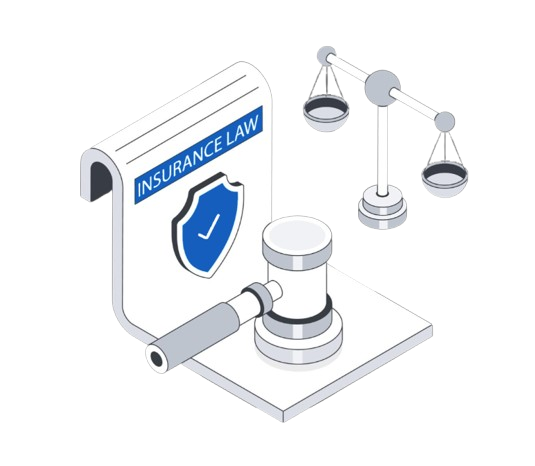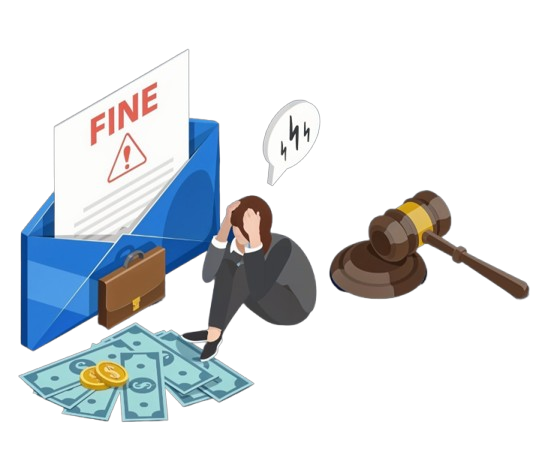PIDSA Deadline Coming—See Where You Stand Today
Don’t Wait for a Breach—Schedule Your Free Security Review
If you’re a licensed insurance company, agency, broker, or third-party admin in Pennsylvania, it’s time to get serious about PIDSA.
This law went into effect in December 2023, and its requirements are rolling out through 2026. If you’re not already preparing, you’re behind.
Stay compliant in every state. Explore cybersecurity and data protection laws for insurance agencies, mortgage lenders, and brokers across the U.S.

Check State Requirements

Check State Requirements

Check State Requirements

Check State Requirements

Check State Requirements

Check State Requirements

Check State Requirements
The Pennsylvania Insurance Data Security Act (PIDSA) is designed to strengthen how the insurance industry protects sensitive customer information. It’s not just a good idea—it’s the law.

If you’re licensed to do business in Pennsylvania, PIDSA probably applies to you.
You’re fully responsibly for comply if you are:
You might have only limited obligations if:
You have fewer than 10 employees
You earn under $5 million in annual revenue or hold under $10 million in assets
1. Build a Written Security Program
2. Conduct a Risk Assessment
3. Have an Incident Response Plan
4. Report Breaches Fast
5. Allocate Executive Oversight and Budget
6. Vet Your Vendors & Third-Party Providers
7. Routinely Train Your Team

Deadlines & Requirements:

Get a FREE PA Cybersecurity Compliance Assessment—confidential, fast, and packed with insights you can act on now.
You’ll walk away knowing:
📧 Email: info@motiva.net
📞 Call: 646-374-1820
👉 Schedule your free Cybersecurity Risk Review right now:

